Tag: VTE

Ground-breaking Research – Venous Thrombosis is Back in Business
The primary efficacy outcome was the development of a major venous thromboembolic event such as symptomatic distal or proximal deep-vein thrombosis, asymptomatic deep vein thrombosis, pulmonary embolism or venous thromboembolism–related... read more

Prophylaxis and Treatment of Venous Thromboembolic Disease in COVID-19
Patients with COVID-19 appear to be at elevated risk for thrombotic complications, including venous thromboembolism (VTE).1 In addition to traditional risk factors for VTE, indirect effects of the severity of illness as well... read more
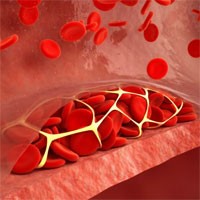
Prevention, Detection and Management of VTE in COVID-19 Patients
Several studies have demonstrated coagulation changes in patients with COVID-19, especially in those with severe disease, and this is associated with a worse prognosis. Emerging data, alongside recent clinical experience,... read more
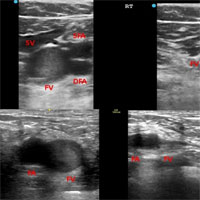
Spontaneous Echo Contrast in Venous Ultrasound of Severe COVID-19 Patients
Initial reports have indicated a higher incidence of venous thromboembolism (VTE) among patients with coronavirus disease 2019 (COVID-19) compared to other critical illnesses. Helms et al. found pulmonary embolisms in 25%... read more
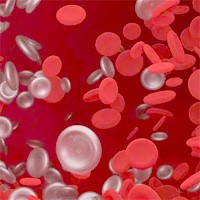
New NICE Guidelines on VTE Management
In the midst of everything that is going on with COVID-19 it is easy to see how important non coronavirus stuff can get overlooked. But we still need to keep our eyes open. After a 3 year process involving many meetings,... read more

COVID-19: Thrombosis and Anticoagulation
Early reports have shown that COVID-19 is most likely causing a hypercoagulable state, however the prevalence of acute VTE and exactly how to treat it is an evolving area. Limited data suggest pulmonary microvascular thrombosis... read more
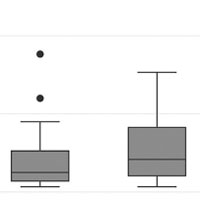
Epidemiology of Clinically Relevant Bleeding in Critically Ill Adolescents
Clinically Relevant Bleeding (CRB) is common in critically ill adolescents who are at high risk of venous thromboembolism (VTE). Admission after trauma or surgery can be used to stratify the risk of CRB in this population.... read more
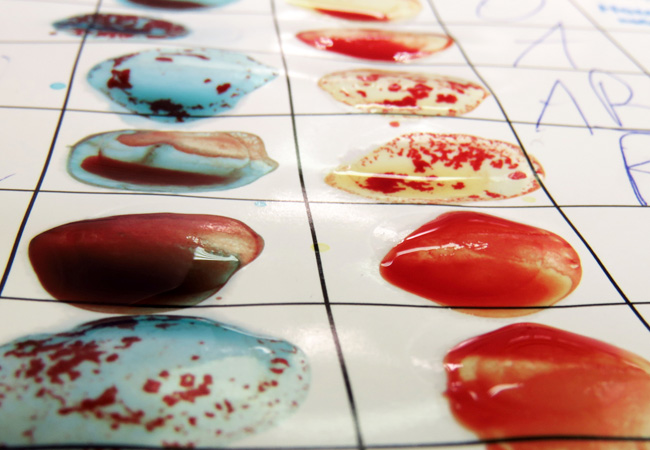
Blood Grouping Identifies Patients at Risk for Developing Venous Thromboembolism
Based on study of more than 28,000 TJA patients, presurgical ABO blood group testing looks like an inexpensive way to identify patents at increased risk for symptomatic postoperative VTE. Prophylaxis regimens can dramatically... read more
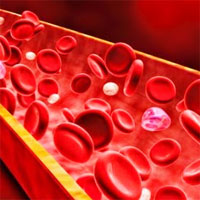
Antithrombotic Therapy for Venous Thromboembolic Disease
This JAMA Clinical Guidelines Synopsis summarizes the American College of Chest Physicians' 2016 recommendations on antithrombotic therapy for venous thromboembolism (VTE). The estimated annual incidence of VTE, defined... read more

EHR-guided Strategy Reduces Postop VTE Events
By incorporating algorithms into the electronic health record (EHR), UPMC was able to realize a "dramatic" 72% reduction in missed doses, from 4,331 missed doses in 2014 to 1,193 in 2015, Dr. Neal told attendees in a session... read more
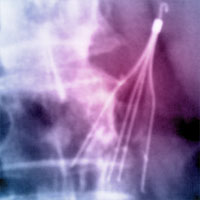
Association of Inferior Vena Cava Filter Placement for Venous Thromboembolic Disease and a Contraindication to Anticoagulation With 30-Day Mortality
After adjustment for immortal time bias, Inferior Vena Cava (IVC) filter placement was associated with increased 30-day mortality in patients with venous thromboembolic disease (VTE) and a contraindication to anticoagulation.... read more
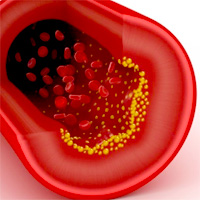
Lack of association between airflow limitation and recurrence of venous thromboembolism among cancer patients with pulmonary embolism
The presence of airflow limitation did not increase the risk of VTE recurrence in cancer patients with PE. Prospective studies are needed to validate this finding. Among 401 cancer patients with newly diagnosed PE, spirometry-based... read more

Discharge Instructions for VTE: A Comprehensive Approach to Medication Management
Discharge instructions for VTE have typically included medication management recommendations related to the use of warfarin. In recent years, however, a growing number of alternatives to warfarin, such as direct oral anticoagulants... read more
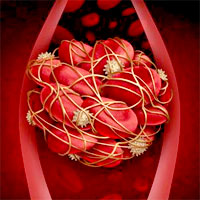
Risk of Venous Thromboembolism in Patients by Albuminuria and Estimated GFR
Albuminuria increases the risk for VTE markedly in patients with normal eGFRs compared with those with lower eGFRs. 15,180 (2.2%) VTE events occurred during the study period. Both albuminuria and eGFR were independently associated... read more




